Rangers at the Loch of the Lowes nature reserve are facing their own case of ’empty nest’ syndrome after a rollercoaster osprey season.
The Perthshire beauty spot’s adult birds completed their migration back to Scotland much earlier than usual this year.
And now they and their offspring appear to have made a swift exit too.
The adult female made a particularly quick getaway, disappearing a good month sooner than expected.
Once the chicks fledge in July, both parents will hunt to provide meals for their youngsters, before the female typically leaves in early to mid-August to begin building up strength for her own migration.
However, this season the female osprey left three days after the second chick fledged.
She has not been sighted since July 15.
It is thought that with fish being in short supply she began hunting for herself earlier than usual.
Early arrival and departure for Loch of the Lowes osprey family
The Loch of the Lowes female NC0 and male LM12 touched down exactly six hours apart on March 17, making it the earliest arrival of osprey at this nesting site near Dunkeld.
The current pair have bred together for four years.
They quickly worked together to rebuild their nest and three eggs were laid over the Easter weekend, two of which hatched.
The second chick hasn’t been seen since July 28.
However, the adult male continued to bring fish deliveries to the nest until early August, which encouraged the remaining juvenile to practise her own fishing skills.
She successfully managed to catch a few very small pike from the loch herself.
She was last sighted on Monday August 7 and is assumed to still be exploring the wider area.
This will help her create a ‘memory map’ which she will use when she returns as an adult.
‘Dad’ hasn’t been spotted since Sunday August 6. It is assumed he has also departed the area to begin his journey south.
Sara Rasmussen is a ranger at the Scottish Wildlife Trust’s Loch of the Lowes reserve.
She said: “It has been a very dramatic season.
“It is hard to tell at this early stage if some of the challenges we have observed this season are directly caused by climate change.
“But as a top predator and migratory species, ospreys are sure to be impacted by rapidly changing weather patterns.
“It will be of interest to see how things develop over the coming seasons.”
Loch of the Lowes has proud osprey heritage
Ospreys were extinct in Britain for much of the 20th Century.
They began to recover in the 1960s and an estimated 300 pairs now breed in the UK each summer.
The Loch of the Lowes’ former female was known as Lady.
She fledged a record 50 young and lived to almost 30 years old – about three times the average lifespan for her species.
Most of the birds migrate to West Africa but some winter in Spain and Portugal.
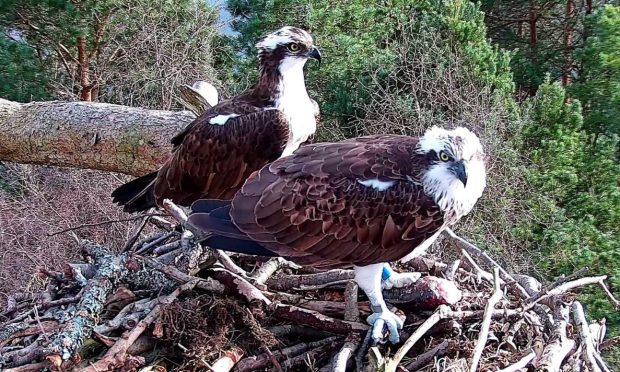
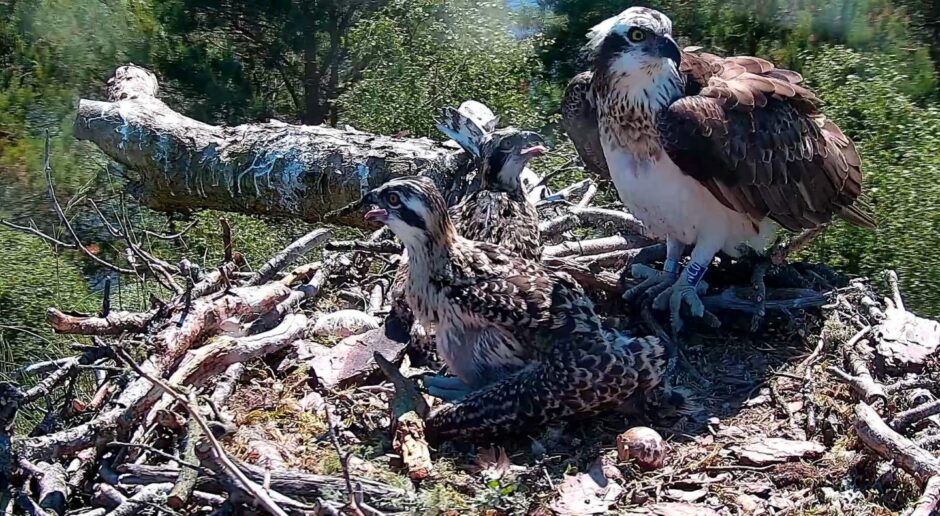
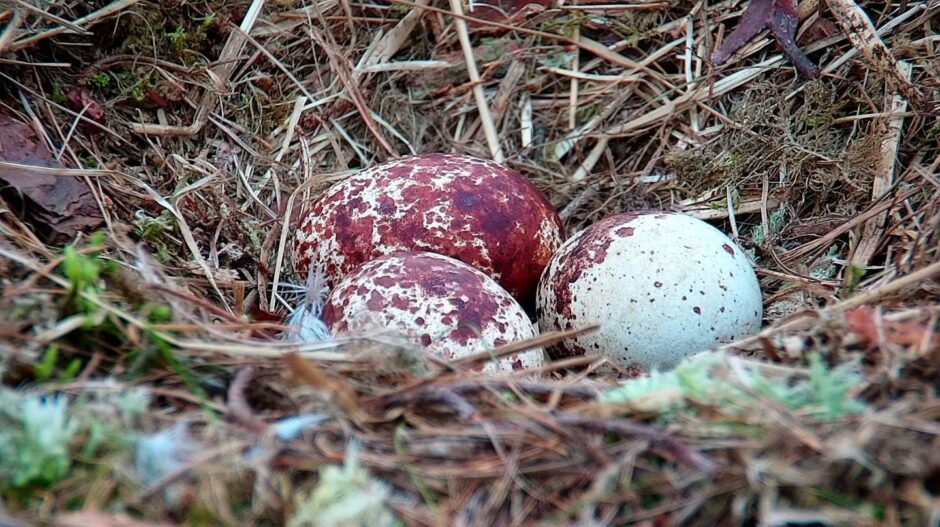
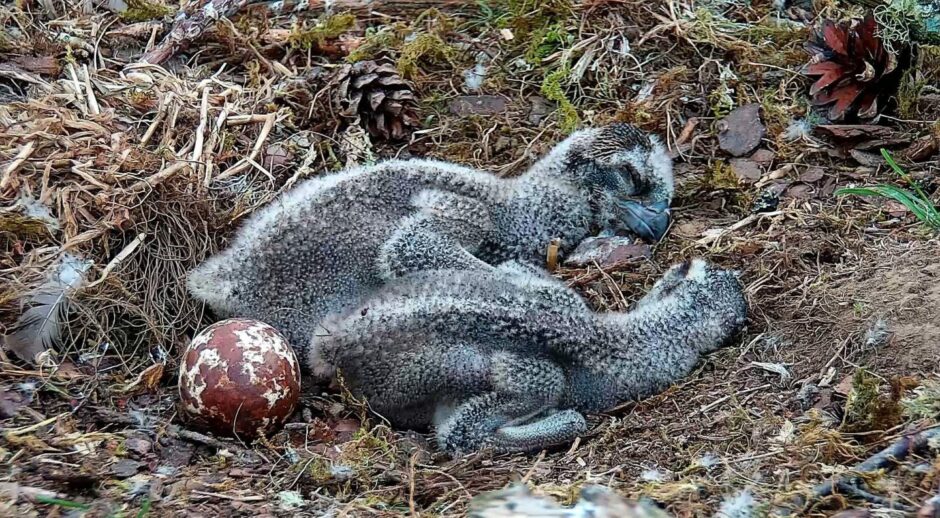


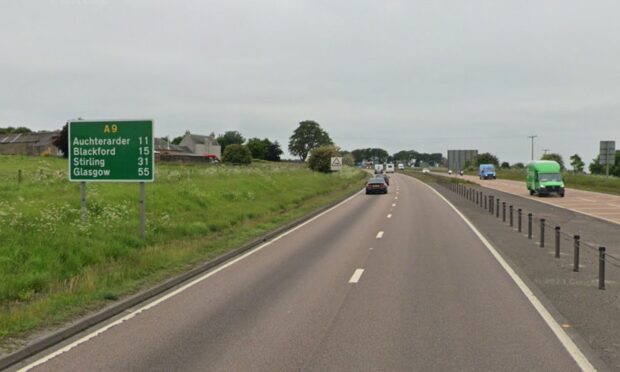



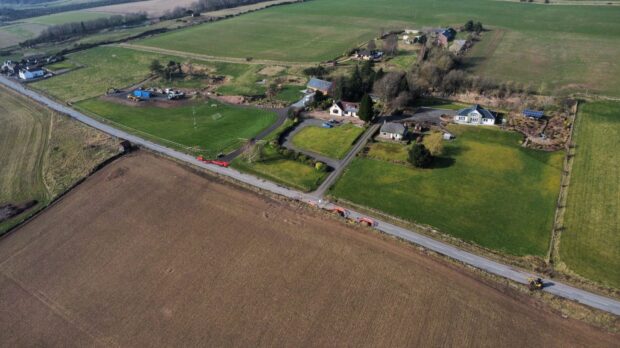



Conversation